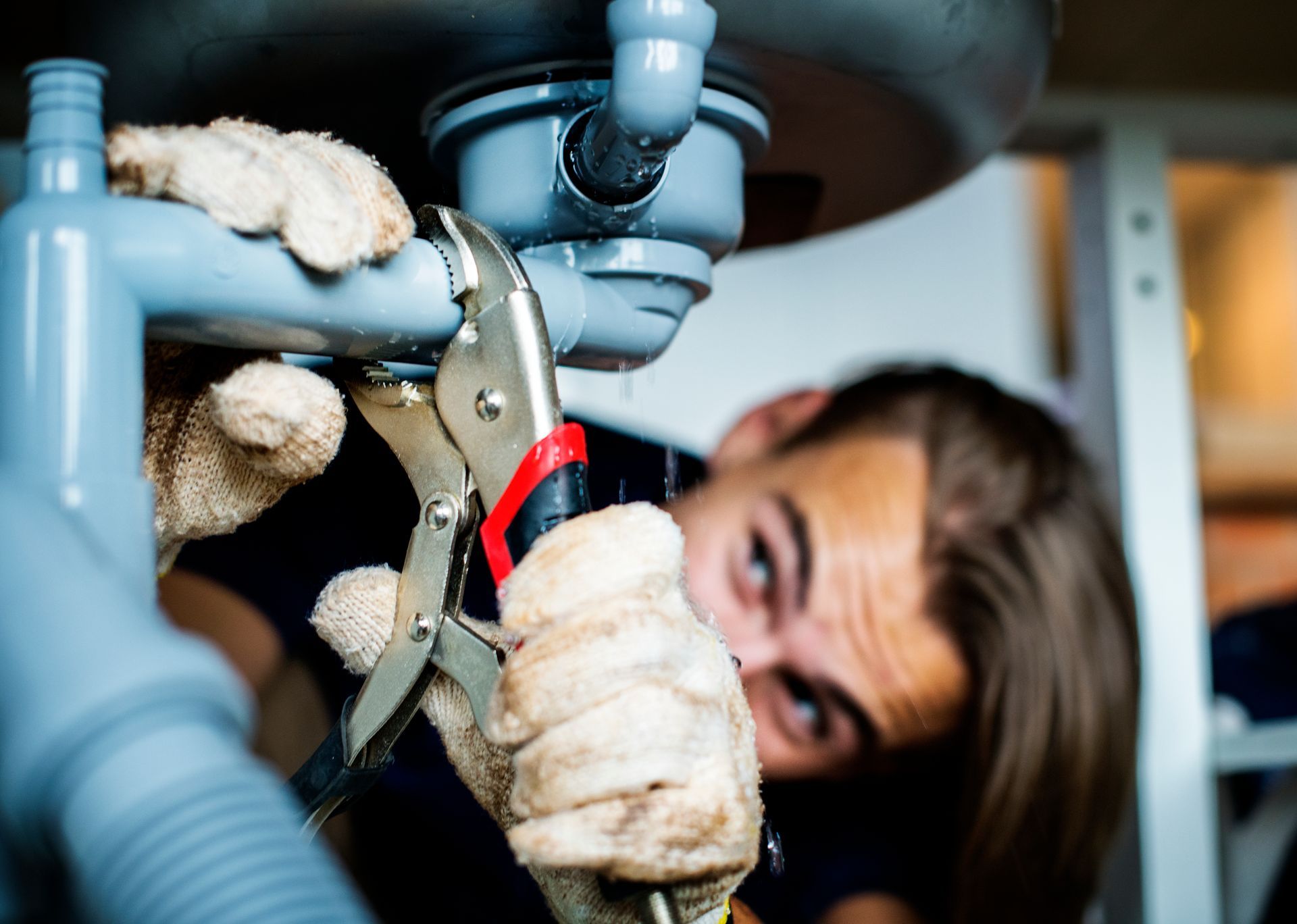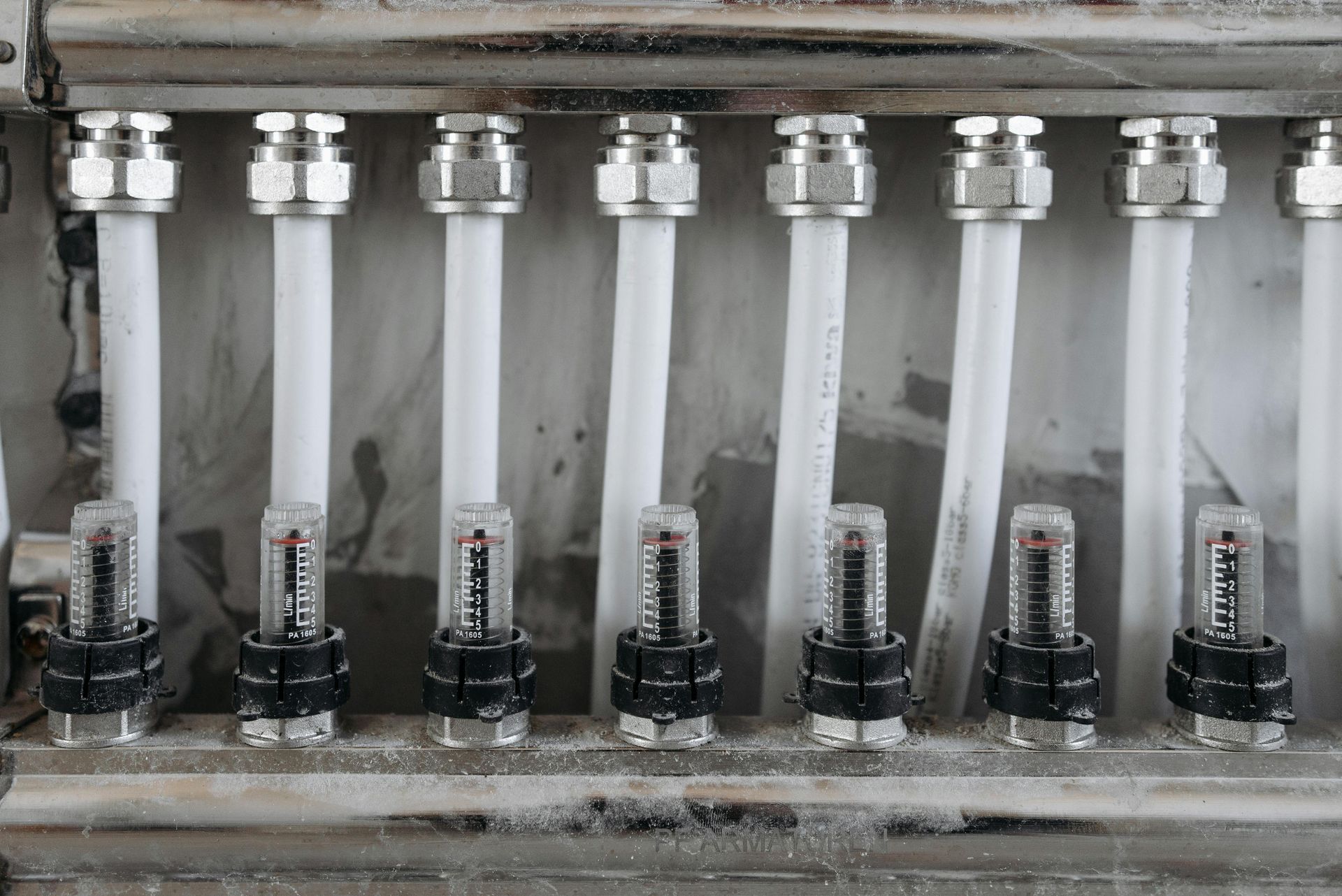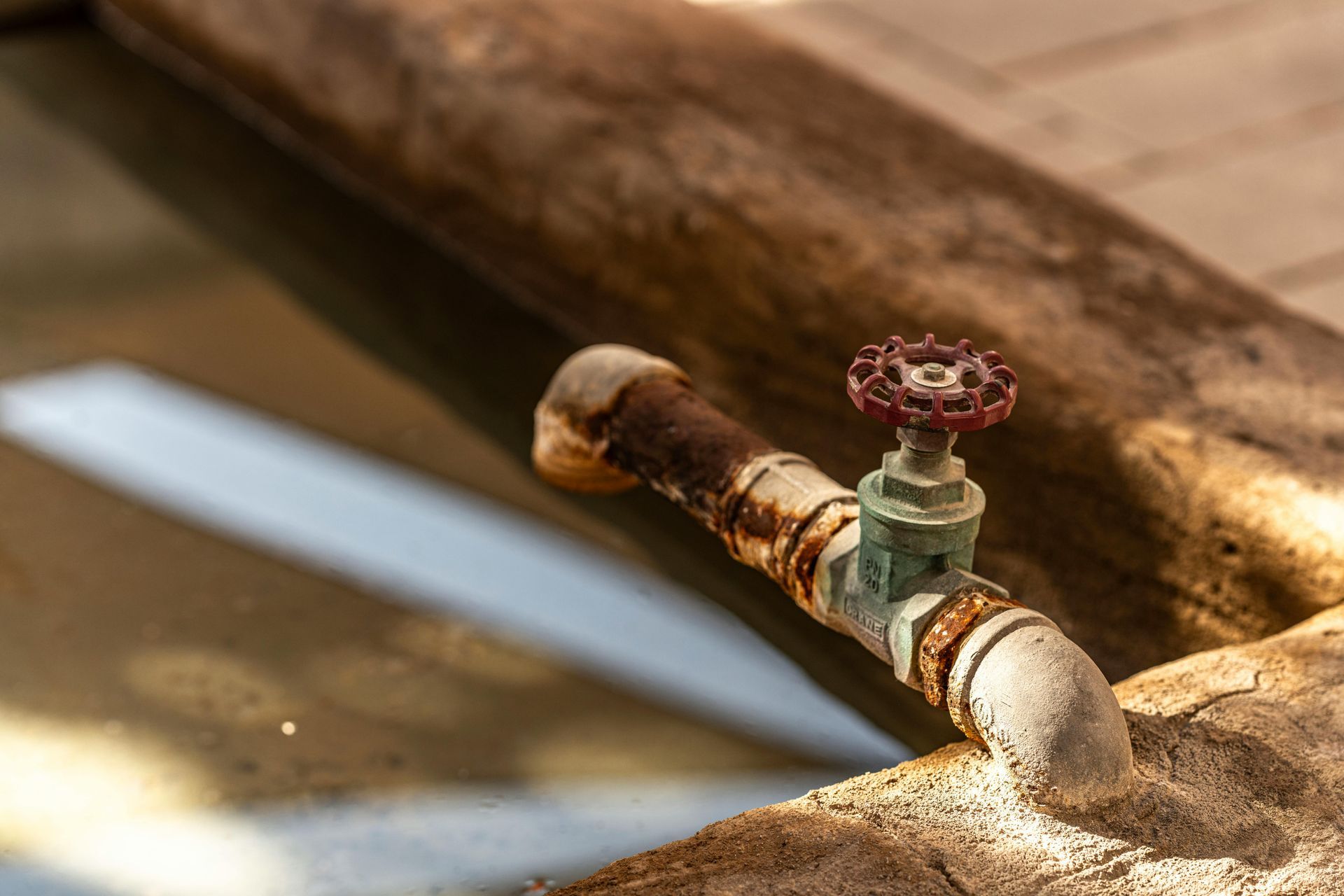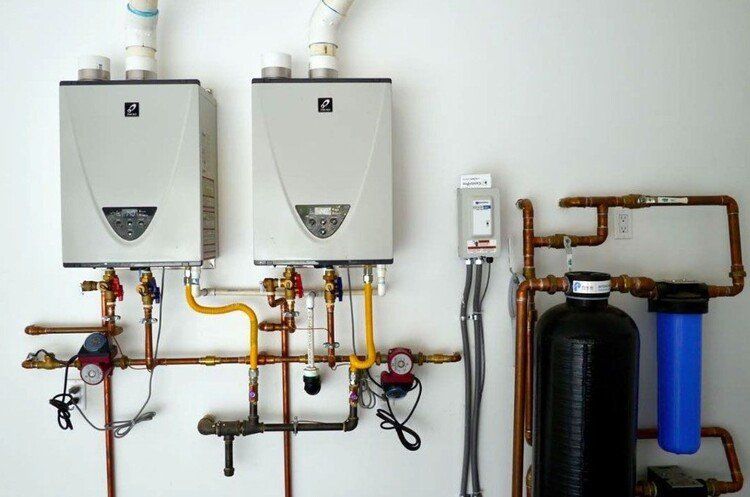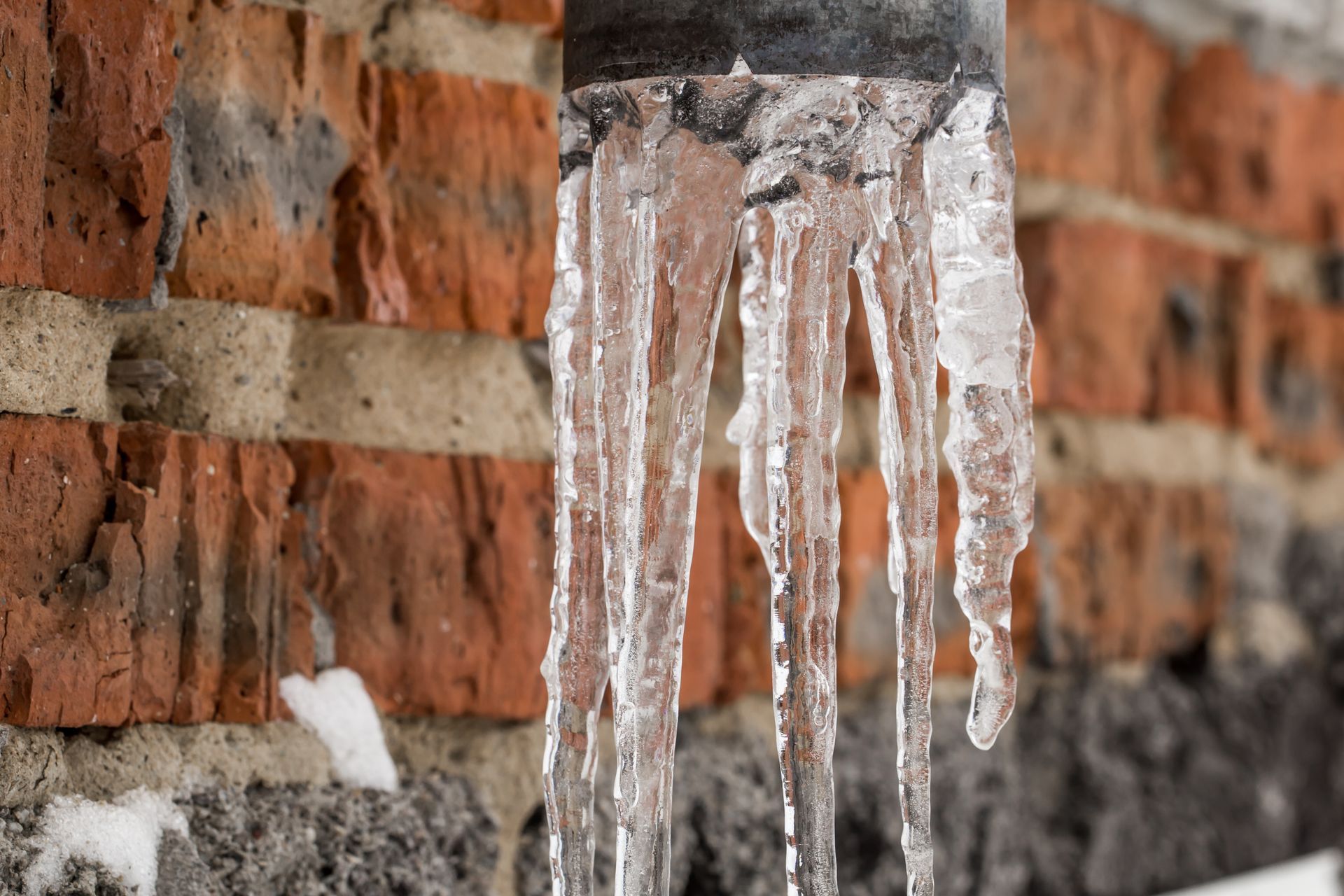How To Properly Care For & Maintain Bathroom Faucets?
Proper care and maintenance of bathroom faucets are essential to ensure their longevity, functionality, and aesthetic appeal. Faucets are among the most frequently used fixtures in any home, making them susceptible to wear, mineral buildup, leaks, and other common issues. A well-maintained faucet not only enhances your bathroom's usability but also prevents costly plumbing repairs and water wastage over time. This detailed article outlines comprehensive steps for caring for and maintaining bathroom faucets, highlights the importance of professional support like that offered by All City Plumbers, and includes relevant considerations about related plumbing topics such as garbage disposal repair and replacement, as well as the role of horsepower in garbage disposal systems.
Understanding Your Bathroom Faucet Types and Components
Before diving into maintenance routines, it’s important to understand the different types of bathroom faucets and their components. Faucets come in various styles, including single-handle, double-handle, wall-mounted, and widespread configurations. Internally, they contain several parts such as cartridges, valves, aerators, and seals, all of which contribute to their smooth operation.
Identifying your faucet type and familiarizing yourself with its parts helps in choosing the correct cleaning methods and recognizing potential issues. For example, cartridge faucets might require specific replacement parts in case of leaks, whereas compression faucets might need tightening or washer replacement.
Knowing these differences also aids in communicating effectively with plumbing professionals like All City Plumbers when scheduling repairs or upgrades.
Regular Cleaning and Prevention of Mineral Buildup
Bathroom faucets are prone to mineral deposits due to water hardness, especially if you use unsoftened groundwater or municipal water with high mineral content. Over time, calcium and lime deposits accumulate on faucet surfaces and inside aerators, which can restrict water flow and cause discoloration.
To maintain cleanliness and prevent mineral buildup, use mild, non-abrasive cleaners regularly. Avoid harsh chemicals that may damage finishes, such as bleach or ammonia-based solutions. A mixture of white vinegar and water applied to affected areas can efficiently dissolve mineral deposits without harming the fixture.
Aerators, the small mesh screens at the faucet spout, should be removed and cleaned periodically to eliminate trapped debris and mineral buildup. Soaking them in vinegar and brushing gently with a soft toothbrush restores water pressure and spray patterns.
Routine cleaning preserves the faucet's appearance and performance, extending its lifespan and reducing the need for costly repairs.
Addressing Common Faucet Issues: Leaks and Drips
Dripping or leaking faucets are not only annoying but also waste significant amounts of water, potentially increasing utility bills. Most leaks are caused by worn-out washers, seals, or cartridges within the faucet assembly.
Repairing leaks often involves disassembling the faucet, inspecting internal parts, and replacing damaged components. While some basic repairs can be performed by handy homeowners, persistent or complicated leaks demand professional intervention.
Licensed plumbers from All City Plumbers offer efficient leak diagnosis and repair services that ensure long-lasting results. Promptly addressing leaks prevents water damage to cabinetry and flooring and conserves water resources.
Tips for Proper Faucet Usage
Proper usage habits contribute significantly to faucet longevity. Avoid forcing handles or using excessive pressure when turning faucets on or off, as this can damage internal mechanisms.
Be mindful of what goes down sink drains—the topic closely linked with garbage disposal repair and replacement—since debris can cause clogs that indirectly affect faucet performance. Although garbage disposals are typically kitchen fixtures, maintaining clear and functional sink drains enhances overall plumbing health.
Educating household members about careful faucet use helps minimize wear and unexpected breakdowns.
The Role of Professional Maintenance and Inspection
Periodic professional inspection and maintenance are vital for sustaining faucet performance and preventing major failures. Plumbers can identify subtle issues such as hidden leaks, corrosion, or deteriorating seals before they escalate.
All City Plumbers provide comprehensive maintenance services that include cleaning, replacing worn parts, and advising on the best faucet upgrades or replacements. Regular upkeep ensures adherence to local plumbing codes and protects warranty coverage.
While bathroom faucets and kitchen appliances like garbage disposals serve different purposes, understanding interconnected plumbing concerns—like the role of horsepower in garbage disposal power and efficiency—underscores the importance of professional expertise in maintaining a smoothly running household water system.
Conclusion
Caring for and maintaining bathroom faucets requires a consistent routine of cleaning, prompt repair of leaks, mindful usage, and occasional professional inspections. These efforts preserve both the functionality and the visual appeal of one of the most essential fixtures in your home.
Partnering with skilled plumbing professionals such as All City Plumbers guarantees expert advice, quality repairs, and reliable maintenance services tailored to your faucet type and household needs. Additionally, awareness of related plumbing topics such as garbage disposal repair and replacement highlights the broad scope of home plumbing care that contributes to overall system performance.
By integrating these practices, homeowners can enjoy efficient water usage, reduced repair costs, and a more comfortable, hygienic bathroom environment for years to come.

